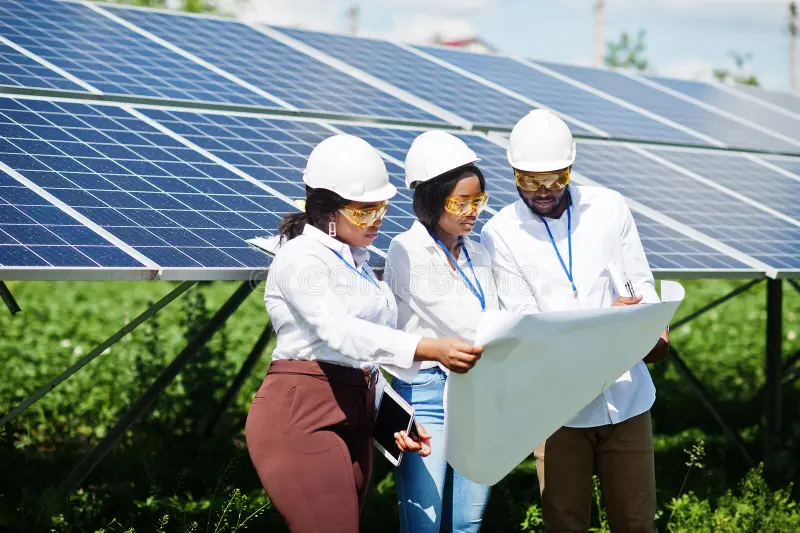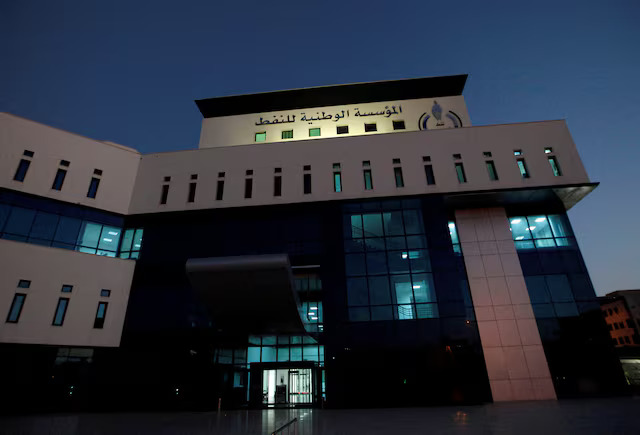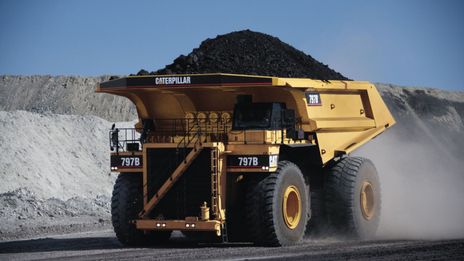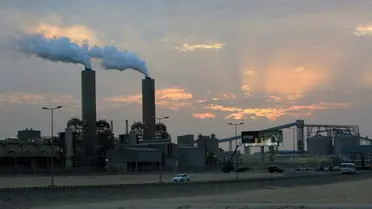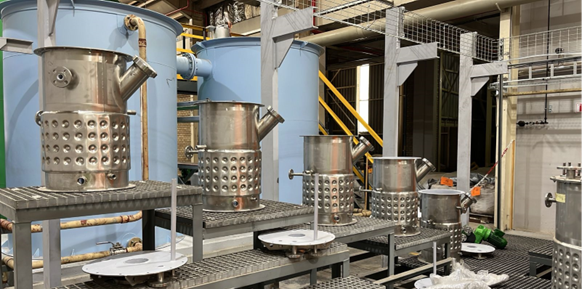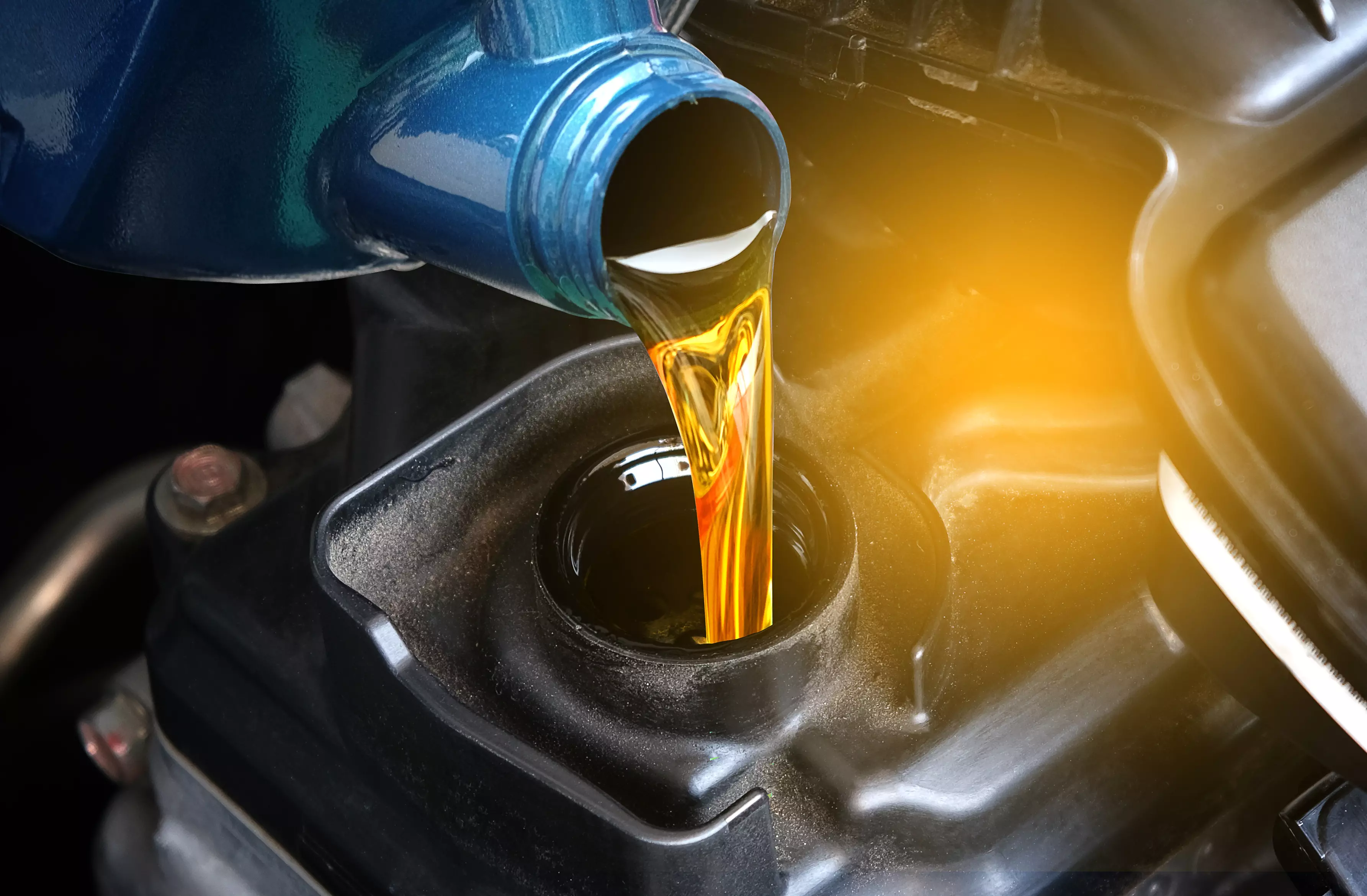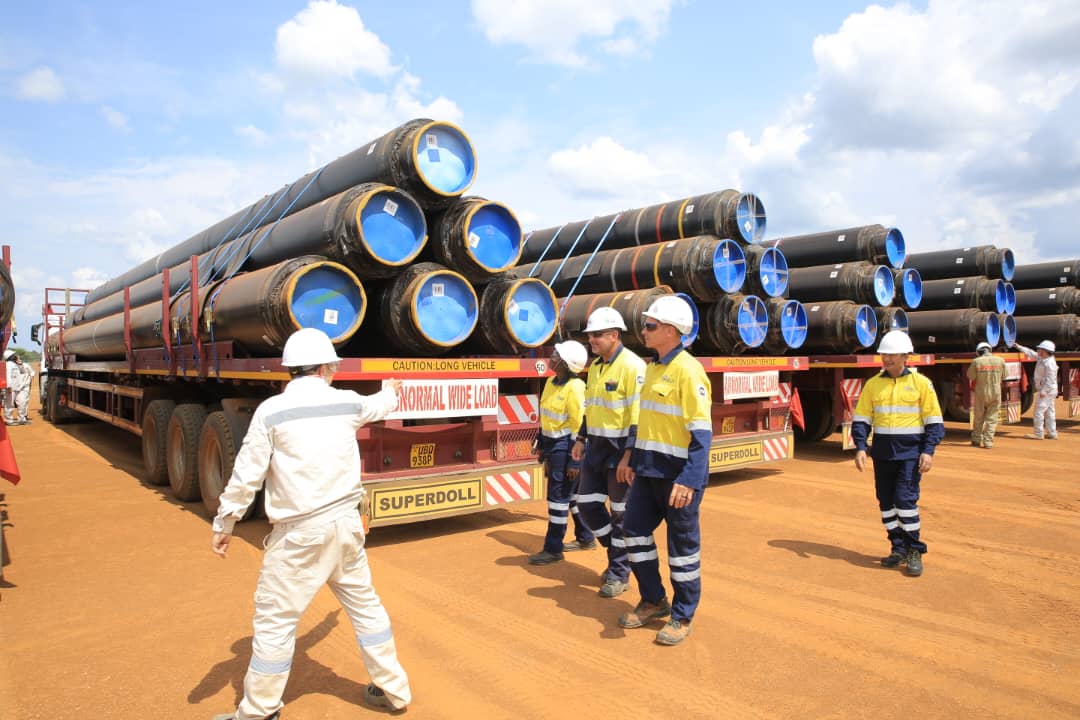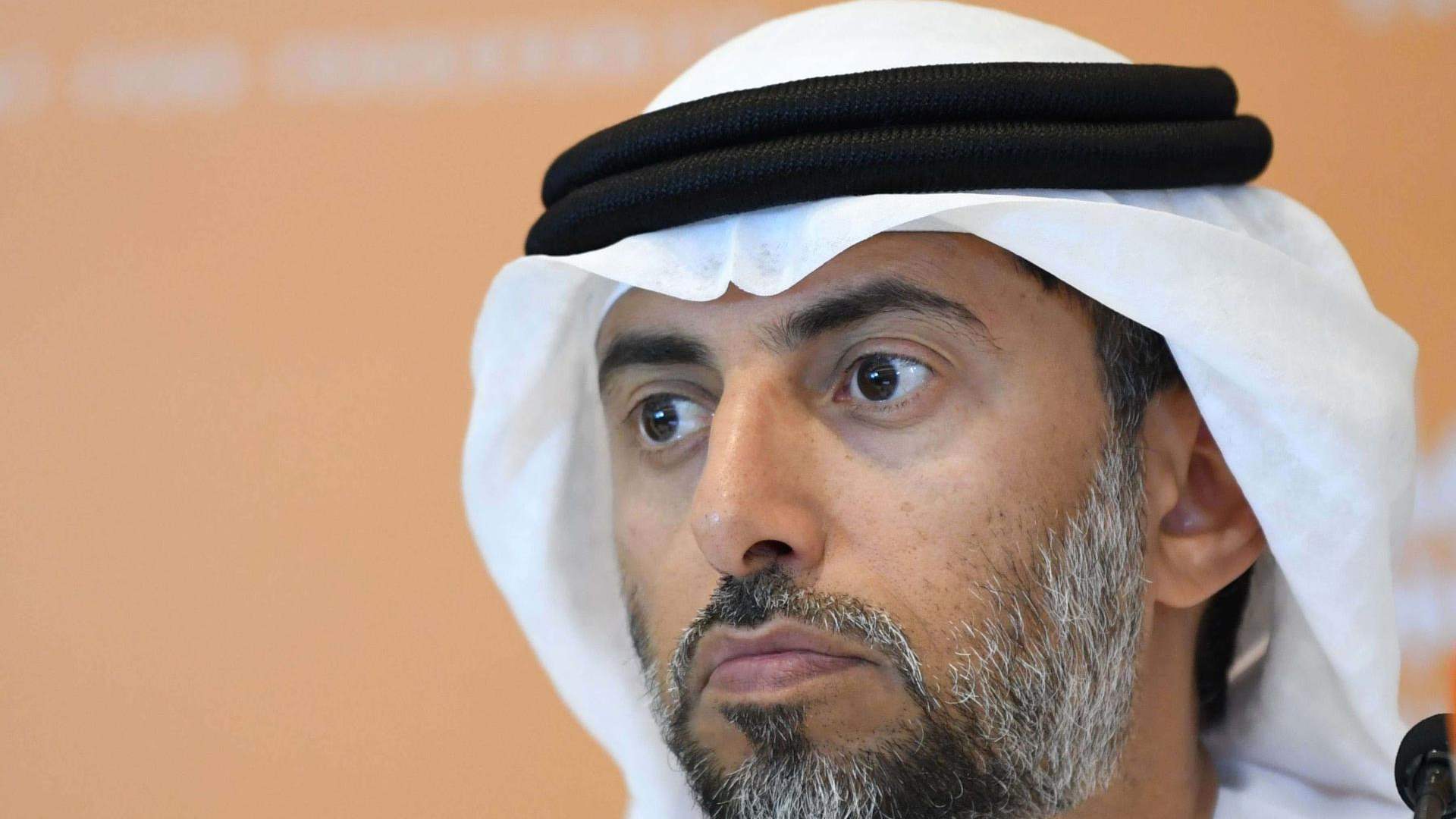Distribution

How U.S. Grid Solutions Can Unlock the DRC’s Energy Potential

The Democratic Republic of the Congo (DRC) is home to over 70% of the world’s cobalt supplies and a significant share of copper and lithium – minerals essential for the clean energy transition. Yet grid access remains severely limited, with only around 20% of the population connected, while the vast majority of the DRC’s mineral-rich zones remain underserved by grid infrastructure.
In areas like Katanga, even large-scale industrial miners continue to rely on diesel generators and costly fuel imports, while smaller operators are excluded altogether from meaningful energy access. Despite global dependence on the DRC’s mineral output, the country’s power sector has long struggled with limited generation, aging transmission systems and fragmented oversight.
This year, momentum is building for a long-overdue transformation. In January 2025, the World Bank’s Mission 300 initiative reignited momentum around electrification across Africa. Among the countries pledging to dramatically scale up electricity access was the DRC, where new political will has converged with commercial opportunity. That same month, regional instability in the eastern provinces underscored how critical it is to invest not only in generation, but in resilient, distributed energy systems that can serve fragile communities and high-value industrial corridors alike.
In June, the World Bank greenlit a $250 million credit to support the first phase of the Inga 3 development program. Framed as the foundation of a $1 billion long-term initiative, the project aims to expand electrification from the current rate of 21% to 62% by 2030, with a focus on industrial corridors and under-served provinces. The announcement has brought renewed investor interest, not just in big hydro, but in smaller, scalable technologies that can plug directly into critical mining zones.
At the same time, new regional transmission deals are taking shape. In May 2025, the DRC and Zambia finalized plans for a 200-km cross-border power line to bring more hydropower into the Congolese Copperbelt. Shortly after, U.S.-based Hydro-Link and Mitrelli Group signed a $1.5 billion agreement to build a 1,150-km transmission line connecting Angola to southern DRC, aimed specifically at supplying mining and smelting operations. With construction expected to run through 2029, the project reflects a growing understanding that the DRC cannot grow its role in global supply chains without modern energy infrastructure to match.
It’s within this context that the U.S.–Africa Energy Forum (USAEF) takes place in Houston next month, bringing renewed attention to the role American firms can play in transforming Africa’s energy future – beginning in the DRC. The forum will feature the participation of DRC’s Minister of Hydraulic Resources and Electricity, Teddy Lwamba, who is expected to showcase the country’s ambitious new strategy to drive both industrial growth and universal electrification.
For Houston’s energy sector, diversifying and playing a leading role in grid resilience, clean technology and critical minerals is both natural and strategic. U.S. firms serve a role as key players in modular hydropower, battery-backed solar systems and microgrid development, which are not only faster to deploy than traditional utility-scale plants, but often more resilient in remote or unstable environments. These technologies are precisely what’s needed to power the mining zones that feed the world’s energy transition, while also extending services to local communities long left off the grid.



